Sir Roland ap Rhys and the Barbary Ape
Does the ghost of a 17th-century pirate haunt Carew Castle with his exotic pet?
Completing the trio of Carew Castle’s tales of larger-than-life owners is one of Sir John Perrot’s successors. On the Elizabethan courtier’s death, Carew passed to the Crown before the de Carews repurchased it in 1607 and refortified it for the Civil War. In the latter years of James I’s reign, the de Carews leased the castle to a character of particular ill repute: Sir Roland ap Rhys – alternatively Sir Rowland Rees – a famed sailor and privateer.
Sir Roland’s legend is famous in these parts. At some point in his tenure, his fiery personality caused a bitter, long-lasting feud with his eldest son, who fell in love with a lowly Flemish merchant’s daughter. On banishing his son, Rhys lived a lonely life at the castle with his pet ape, Satan, acquired on one of his voyages to the Barbary Coast - other accounts say from the wreck of a Spanish galleon. Based on the limited information that survives, it is likely that the beast was a mandrill (below, source: Wikipedia).
During his long, drunken bouts of isolation, the deranged despot’s behaviour became more erratic. When friends and associates visited the castle, the strange pet was often the centre of entertainment, quickly learning to imitate the visitor. At times, the drunken sailor would cry out for his beloved son; the next, he would curse him to hell. Consequently, most stayed away from the castle, knowing they would be the victims of Rhys’s mood and the ape’s devilish pranks.
As Sir Roland’s bitterness reached a fever pitch, the feud with his son culminated in an inevitable tragedy. In addition to his anger towards his son, he held a similar grudge against his son’s new love, accusing her of bewitching him. Complicating the matter, her father, Horowitz, was a tenant of Sir Roland. One cold, fateful night, the Flemish merchant visited the castle to pay his rent. Worse luck, trade had been poor that winter and the merchant was short. On arriving at the rainswept castle, Sir Roland slated Horowitz and mocked his daughter. In the resulting scuffle, the sailor blew his whistle and unleashed the ape.
The merchant was fortunate to escape, leaving Rhys a ruined mess. As he sought to leave for home, a kindly servant invited him to stay for a warm meal as the weather remained treacherous. As they engaged in conversation, Sir Roland’s piercing whistle again reverberated throughout the castle, after which the sounds of further struggle intensified. On entering Rhys’s chambers, the servant and merchant witnessed the pirate dead on the floor, his throat slit, and the ape’s head burning in the fire.
A sickly grin frozen on its face.
Precisely what transpired that night has never been clear. That Sir Roland set the ape on himself in an apparent suicide mission is plausible. If so, what killed the ape? Did the strange creature accidentally burn itself in the fire, perhaps the victim of Sir Roland’s drunken reflexes? Did Sir Roland accidentally kill his pet and commit suicide in instant remorse? Alternatively, did the merchant, and maybe the servant, set upon the pirate and his unique pet and concoct the story to evade suspicion - and rent?
Whatever the cause, the master and ape appear to have perished. Local legend tells that loud footsteps have been heard throughout Sir Roland’s otherwise empty chamber in the northwest tower. The same is true of hysterical laughter and blood-curdling screams. Incredibly, the ape’s ghost has been reported roaming the tower’s battlements. Others claim to have witnessed its head in the long-abandoned fireplace (below). The tale was included in Robert Hardy’s Castle Ghosts of Wales in 1994, which remains an entertaining watch.
Of all the reputed apparitions concerning the castles of Wales, I can think of none quite so bizarre.
Till next time.
The story of Sir Roland ap Rhys appears in my book, Castles of Wales, published by Pen&Sword History. For more on my books, thrillers and nonfiction, check out my official website www.officiallyjpd.com

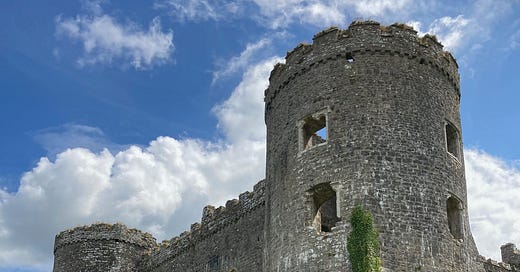





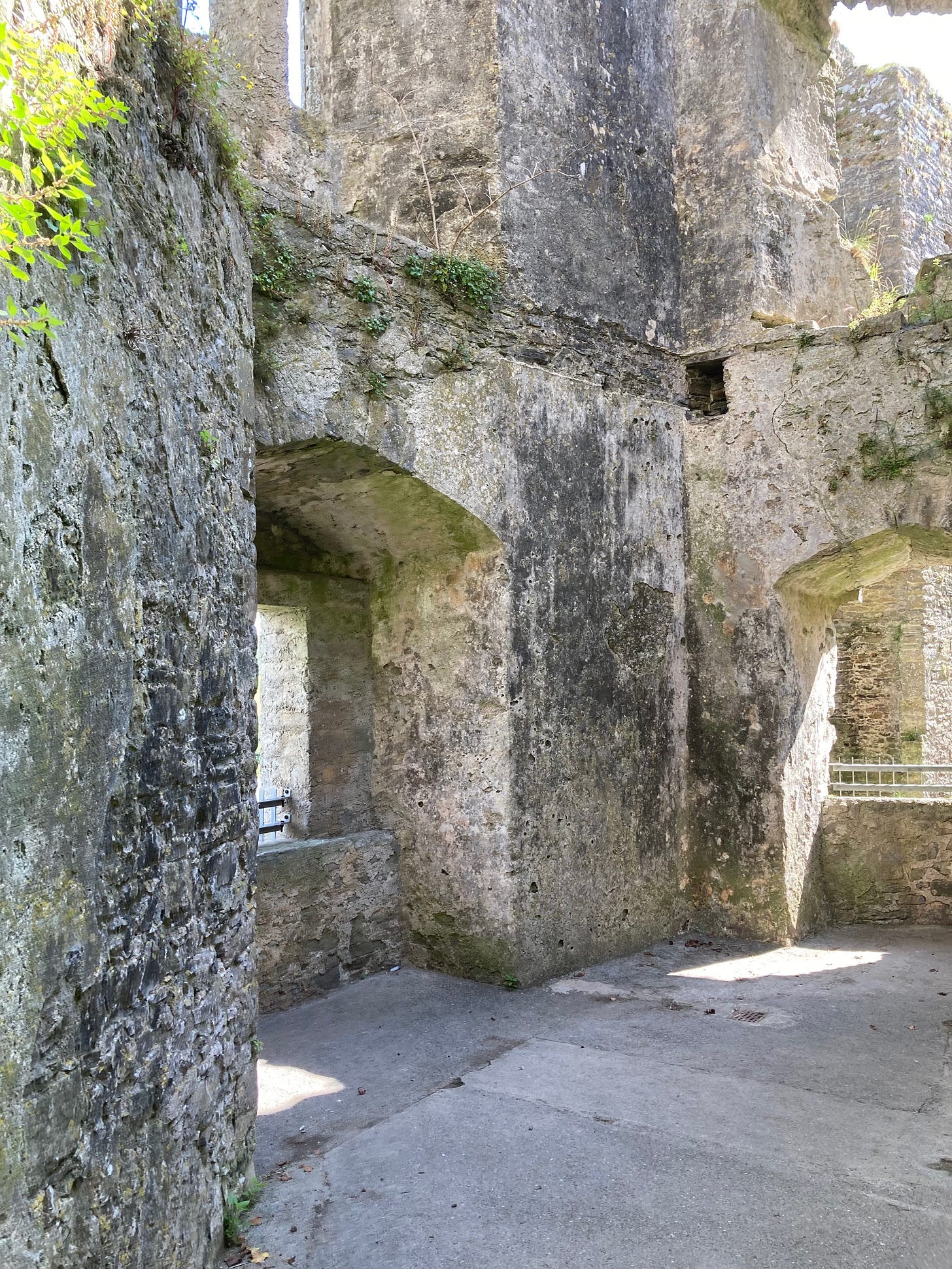
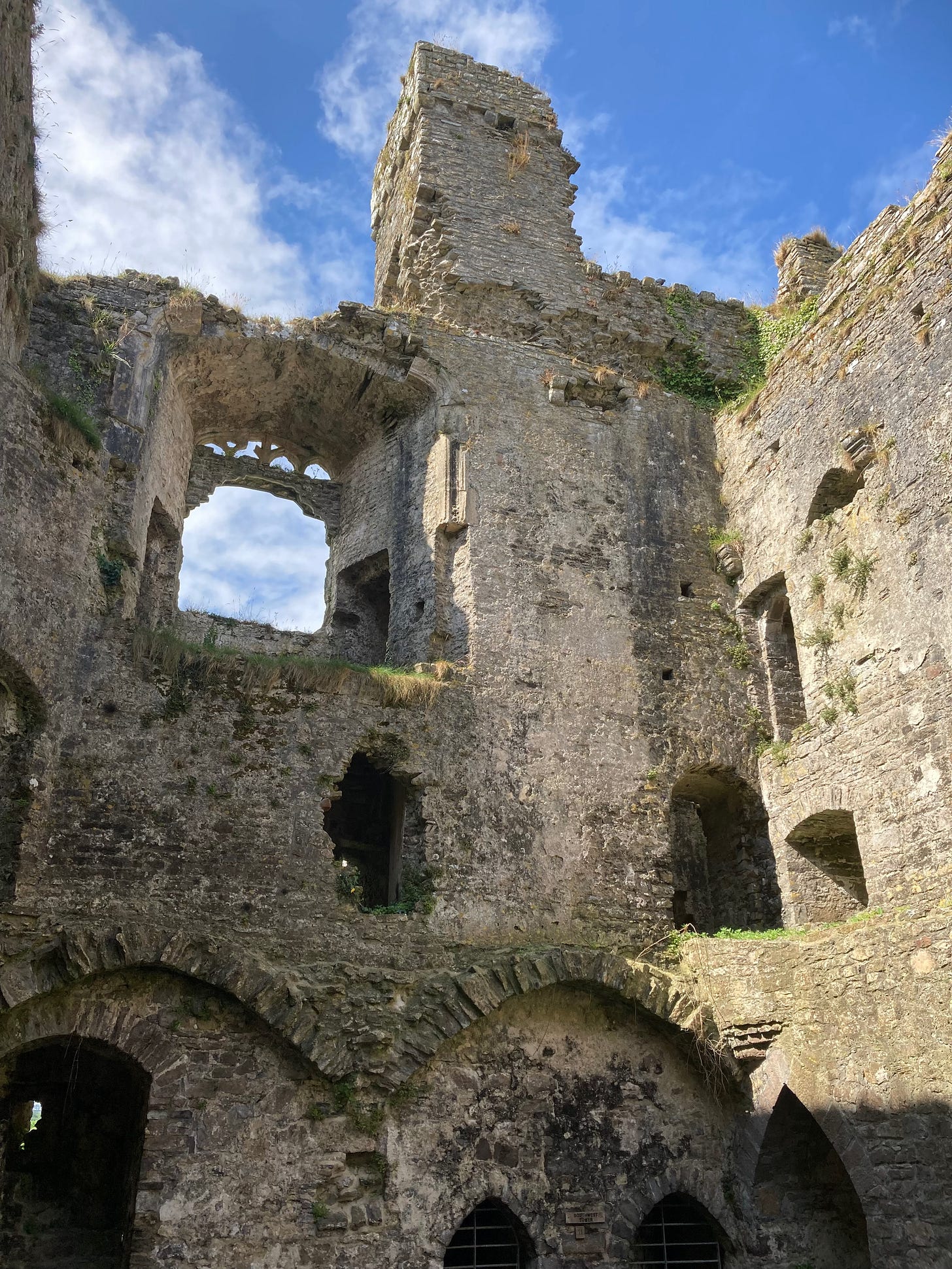
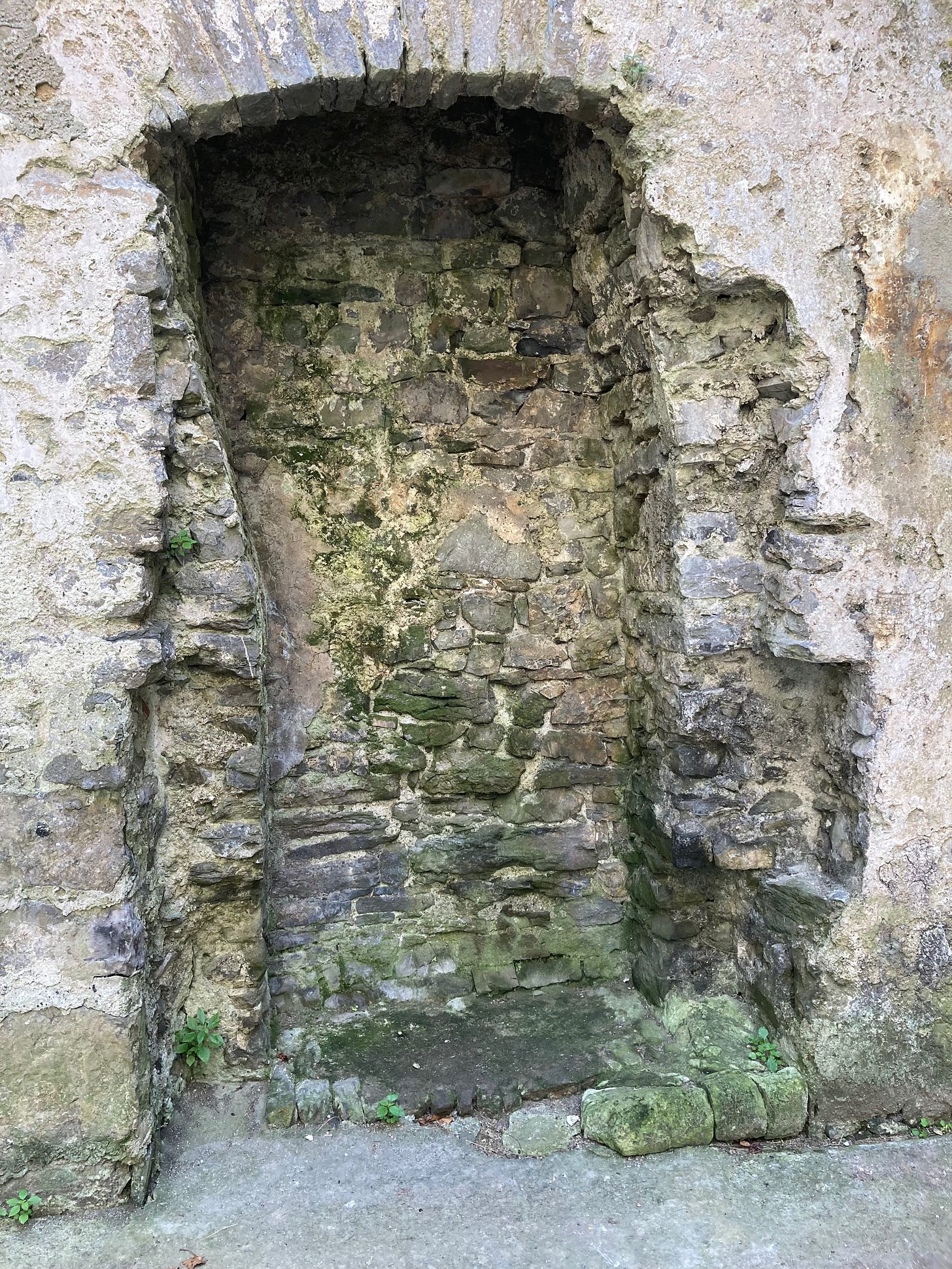
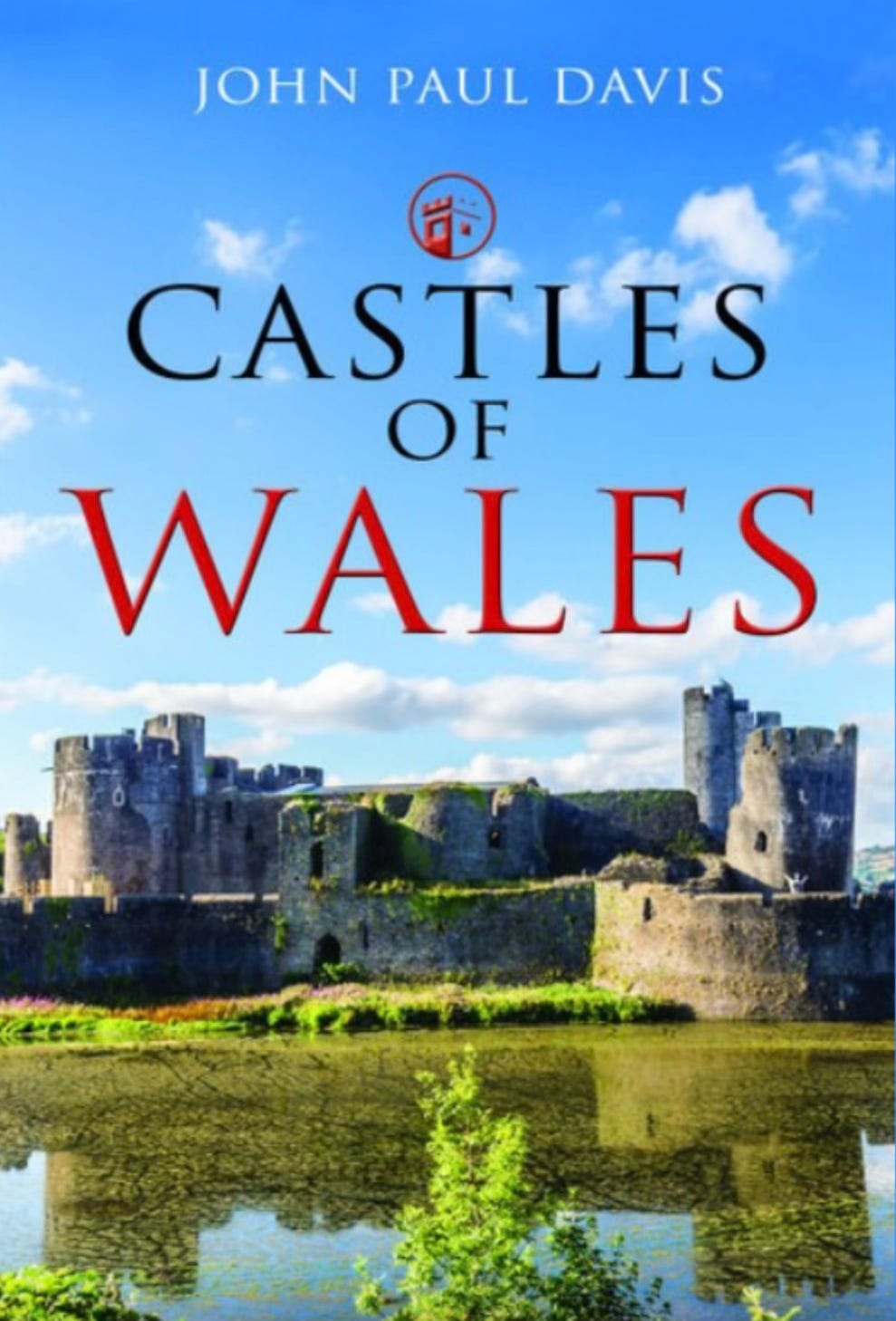
I wonder if this murdering ape helped inspire Edgar Allan Poe to write about another one in "Murders In The Rue Morgue"?